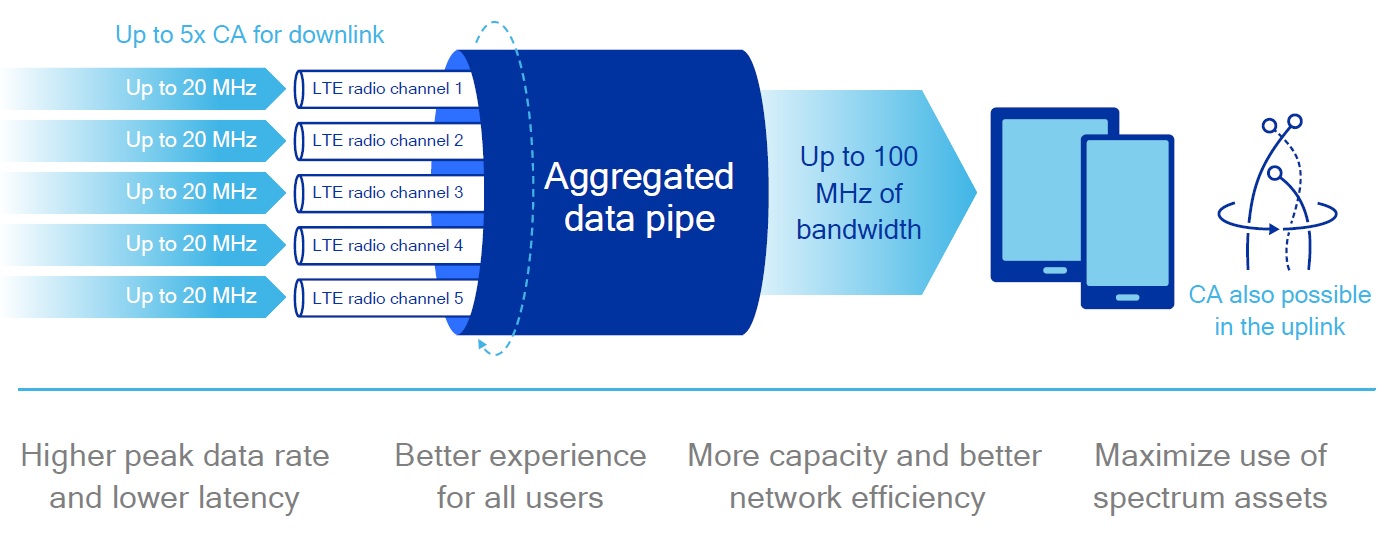From LTE to 5G: A Comprehensive Review of 3GPP Releases
telcomatraining.com – The evolution of mobile networks is driven by relentless innovation, standardization, and global collaboration. At the center of this transformation is the 3rd Generation Partnership Project (3GPP), an influential body that has overseen the development of wireless communication standards from LTE to 5G. This article offers a comprehensive review of major 3GPP releases, showcasing how each milestone has propelled the telecommunications industry into a faster, smarter, and more connected future.
3GPP and Its Role in Mobile Network Evolution
3GPP is a global consortium of telecommunications organizations responsible for creating and maintaining technical standards for mobile systems. It started with 3G (UMTS), then moved to 4G LTE, and is currently shaping the roadmap for 5G and beyond. Each 3GPP release builds on the previous one, introducing new features, improved performance, and support for emerging technologies.
3GPP Releases: LTE Era (Release 8 to Release 12)
Release 8 (2008) marked the official introduction of Long Term Evolution (LTE). It brought significant improvements in data speed, spectral efficiency, and latency. LTE’s all-IP architecture replaced circuit-switched voice with VoIP (Voice over LTE), enabling seamless multimedia experiences.
Release 9 and 10 introduced enhancements such as dual-layer beamforming and LTE-Advanced, which included carrier aggregation and support for higher peak data rates. These features improved user throughput and network efficiency.
Release 11 and 12 continued to refine LTE-Advanced with features like coordinated multipoint (CoMP), enhanced small cells, and improvements in device-to-device communication. These capabilities laid the groundwork for dense network deployments and more efficient spectrum usage.
The Transition to 5G (Release 13 to Release 16)
Release 13 and 14 were pivotal in preparing networks for 5G. These releases focused on LTE Advanced Pro, which brought innovations like License Assisted Access (LAA) using unlicensed spectrum, Narrowband IoT (NB-IoT), and LTE enhancements for public safety.
Release 15 (2018) was a landmark in mobile technology—it introduced the first standardized 5G New Radio (NR). This release enabled both non-standalone (NSA) 5G (anchored in LTE) and standalone (SA) 5G architectures. It also brought massive MIMO and beamforming capabilities, critical for boosting capacity and coverage.
Release 16 (2020) finalized the first full phase of 5G, incorporating Ultra-Reliable Low-Latency Communications (URLLC), support for industrial IoT, and improvements in V2X (vehicle-to-everything) communications. It marked 5G’s readiness for vertical industries such as manufacturing, transport, and healthcare.
Current and Future Developments (Release 17 and Beyond)
Release 17, finalized in 2022, extended 5G capabilities with support for non-terrestrial networks (e.g., satellite-based 5G), enhanced IoT features, and more efficient network operations. It also improved sidelink communication and positioning accuracy.
Release 18, currently under development, marks the beginning of 5G Advanced. This release aims to enhance AI-native network intelligence, energy efficiency, and extended reality (XR) support. It sets the stage for future applications requiring ultra-low latency and high reliability.
Conclusion
The journey from LTE to 5G has been shaped by continuous innovation and standardization through 3GPP releases. Each release has introduced critical enhancements in performance, reliability, and scalability, allowing mobile networks to evolve with user demands and technological trends. As we look ahead to 5G Advanced and eventually 6G, the role of 3GPP remains vital in ensuring that the global communication infrastructure remains robust, future-ready, and inclusive.






